What Defines the Malaise Era, and Will We Experience It Again?
From the inventor of the term, a brief history of a dismal time for cars.
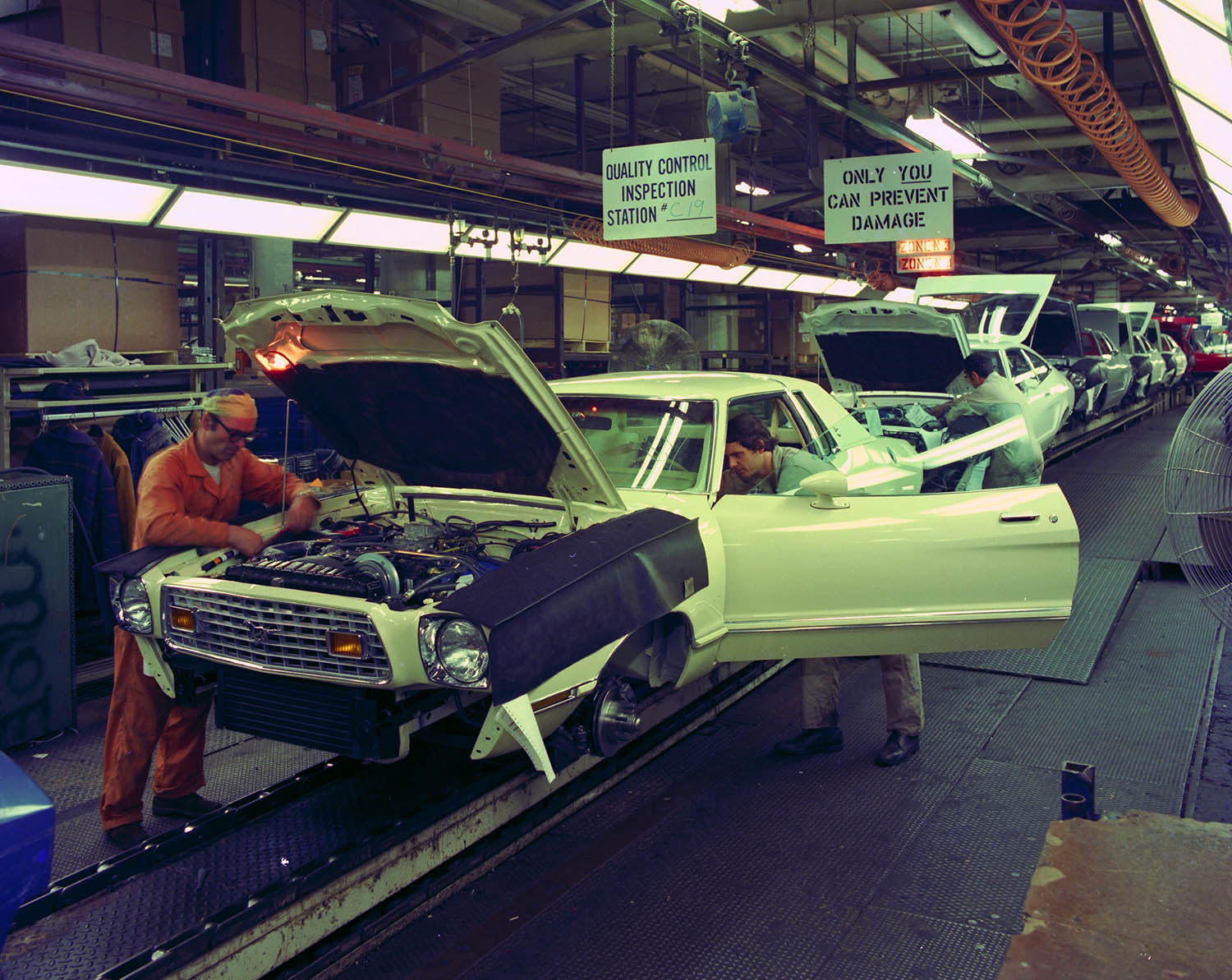 Ford
Ford
Car enthusiasts often use nicknames for certain eras of automotive history. There's
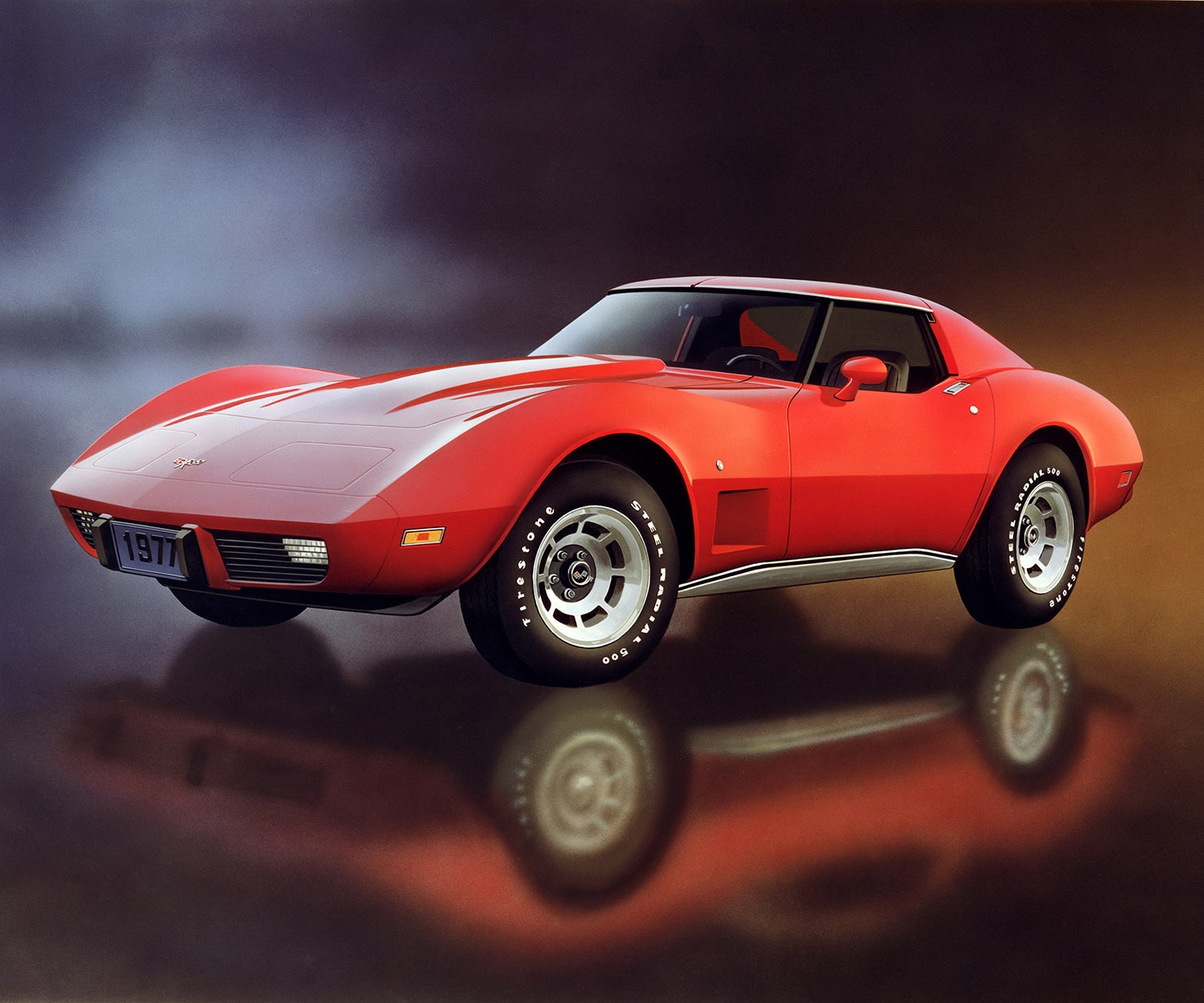 Chevrolet
Chevrolet
When Was the Malaise Era, Exactly?
The Malaise Era began in 1973 and ended after 1983, full stop. Some will try to convince you that it extended until 1995 (the last year before the OBD-II engine-control standard became mandatory in US-market new cars and light trucks), but they are wrong.
The year 1973 marked the beginning of the OPEC oil embargo, which tripled the price of oil virtually overnight. It was also the first model year in which the federal government required new cars to have 5-mph crash bumpers. On top of that, '73 was the year in which the EPA decreed that lead would be phased out from gasoline. Oh, and it was also the first year in which emission-control regulations really started to bite.
The year 1984 was when the Ford Mustang got an honest 205 net horsepower (up from a depressing 115 in 1981). At the same time, U.S. car buyers could choose from a broad selection of new convertibles (many tears were shed over the "last convertible" in 1976). It was also the year in which the new Corvette would be the first to handle like a true sports car. The Malaise Era was over by 1984, though we almost missed it due to a brush with nuclear annihilation in 1983.
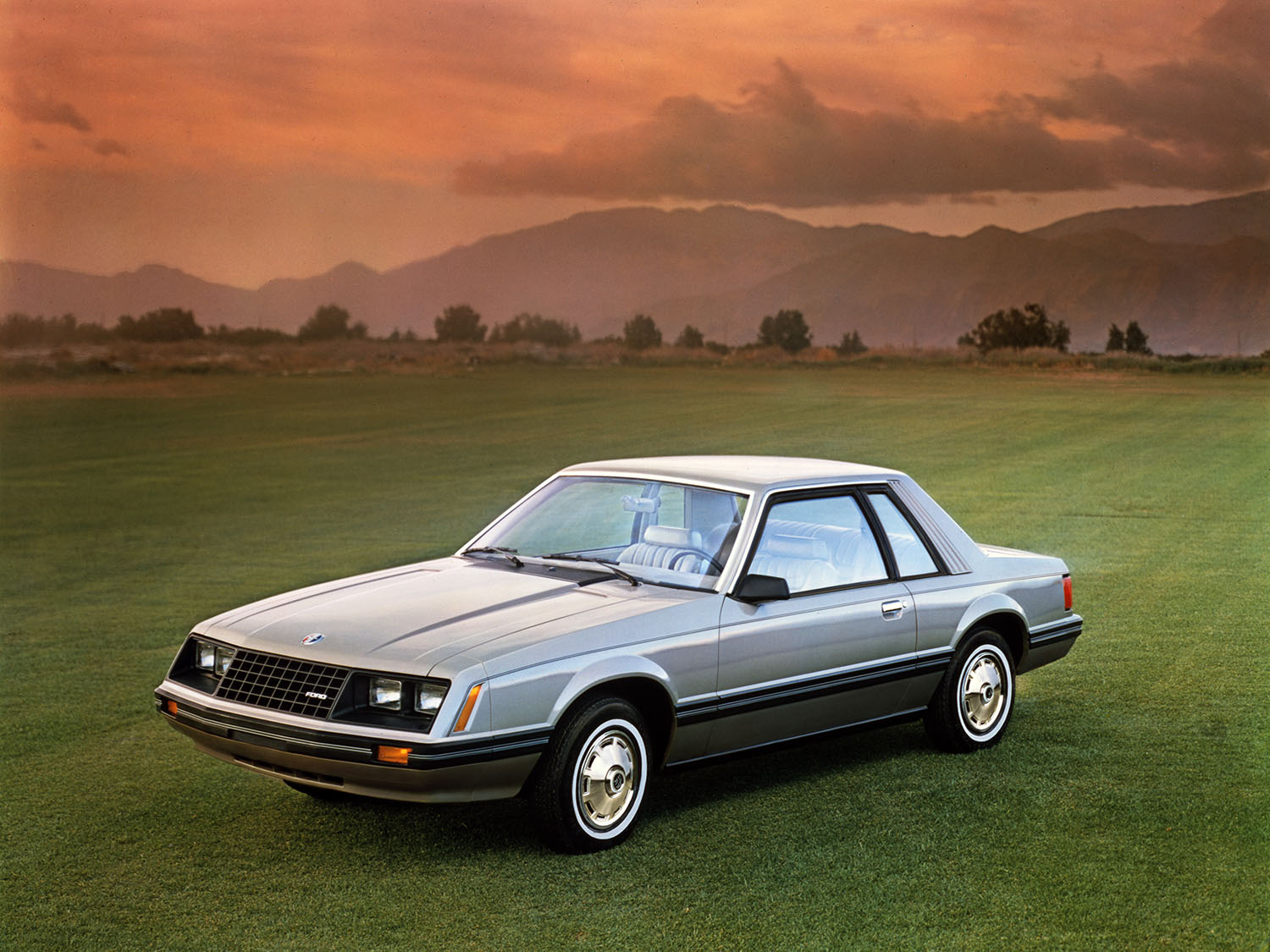 Ford
Ford
Why It's Called the Malaise Era
The term Malaise Era has its origins in a speech President Jimmy Carter gave in the summer of 1979. In this speech, officially known as the Crisis of Confidence address, the nuclear engineer and Sunday-school teacher preached that Americans might have to make some sacrifices in their lives in response to world events beyond their control.
The idea that the citizens of the nation that invented the airplane and then helped defend the world from Axis powers would ever need to sacrifice anything didn't sit well with Americans. Though Carter didn't use the word "malaise," journalists quickly dubbed it the Malaise Speech, and the name stuck.
My membership in the older cohort of Generation X means I sat in my parents' thirsty 1973 Chevrolet Beauville in
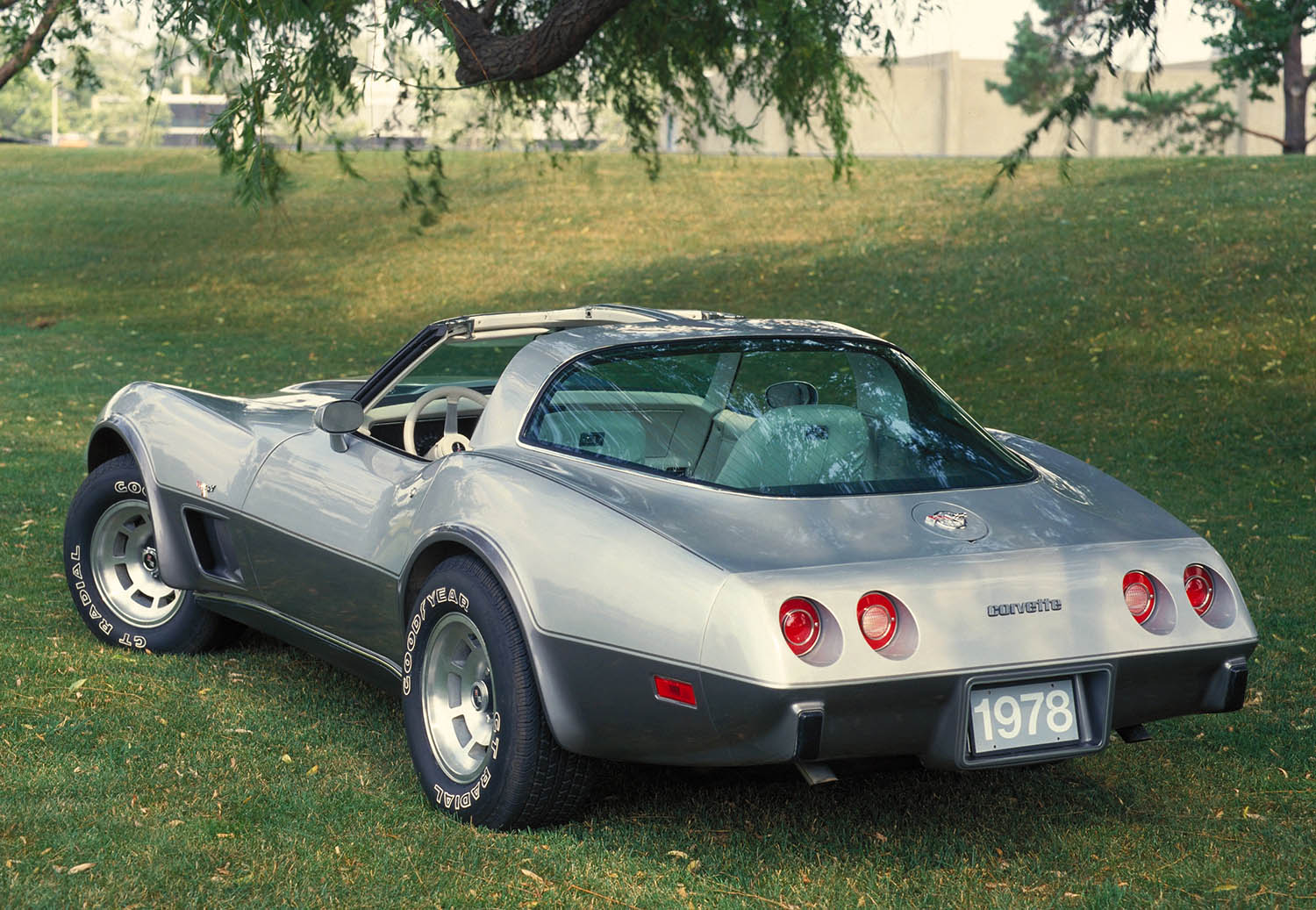 Chevrolet
Chevrolet
What Was the Malaise Era Like?
There was a sense among Americans during the Malaise Era that everything would always get worse from then on, fueled by such humiliations as
There were plenty of reasons why Malaise Era cars seemed so bad. Part of their negative image derives from their coming on the heels of boom times for the automaking powerhouses of the world, during which wages kept going up and cars got more powerful and designs improved with each passing year. The late 1960s gave us more U.S. factory hot rods than could ever be listed here, while the sounds of high-revving Porsche 911s, Datsun 240Zs, and Alfa Romeo Giulias echoed on the boulevards. And they looked good, nearly all of them.
That said, it wasn't just the fall from a high point that made the Malaise Era hurt so much. Let's take a look at some of that pain.
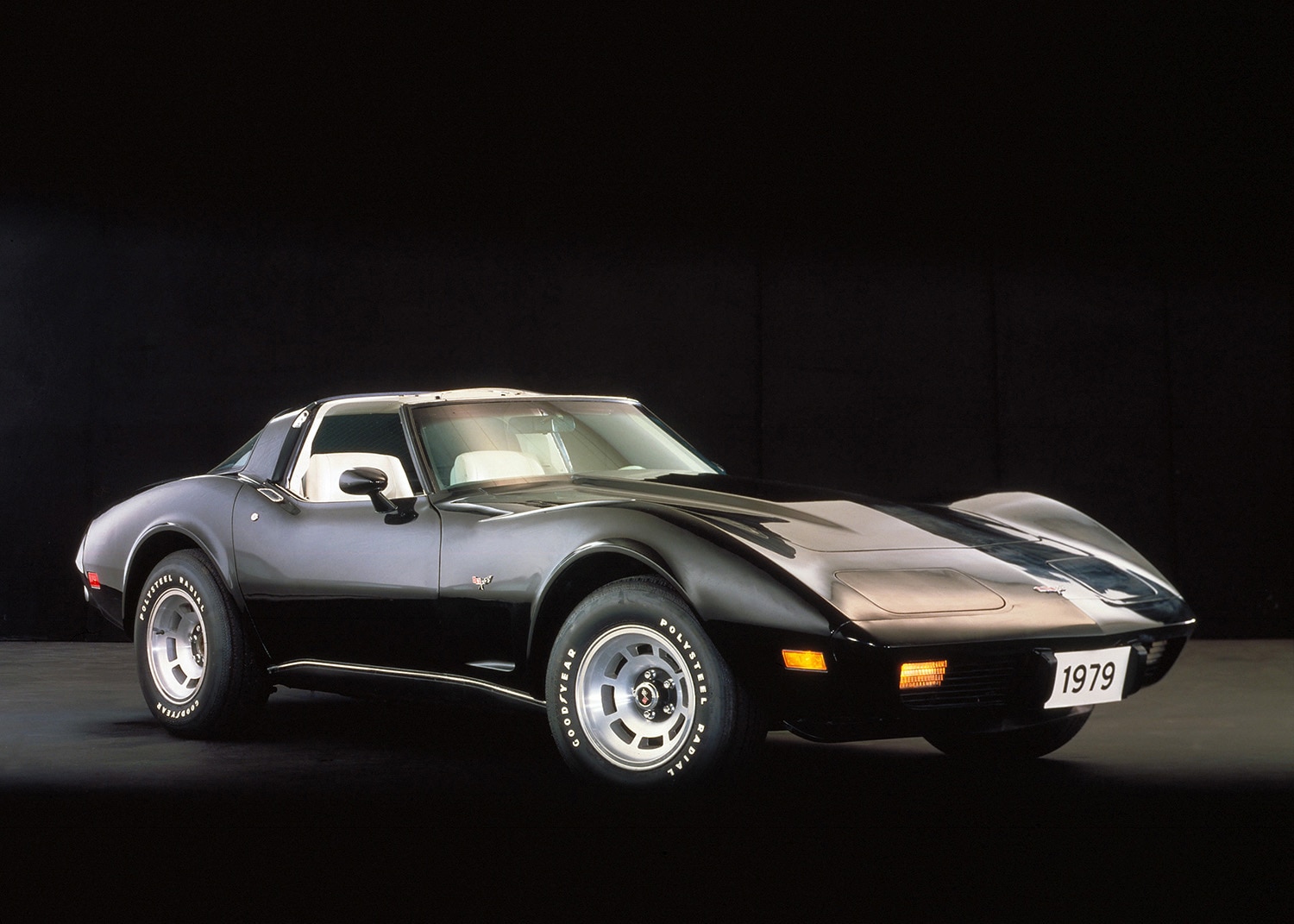 Chevrolet
Chevrolet
Malaise Era's Anemic Engine Power
With pollution problems in cities reaching deadly crisis levels throughout the 1960s, governments were forced to act. California Gov. Ronald Reagan signed legislation to tackle vehicle-produced smog in 1967. Under President Nixon in 1970, the Clean Air Act acquired sharp teeth.
To meet ever-stricter emissions standards, engines needed lower combustion-chamber temperatures and some means of dealing with excess hydrocarbons in the exhaust. With the crude technology of those days before digital engine controls, most emissions-cutting solutions came at the expense of power. A low point of this process came in 1978, when Ford sold 460-cubic-inch (7.5-liter) V8s making just 202 horsepower.
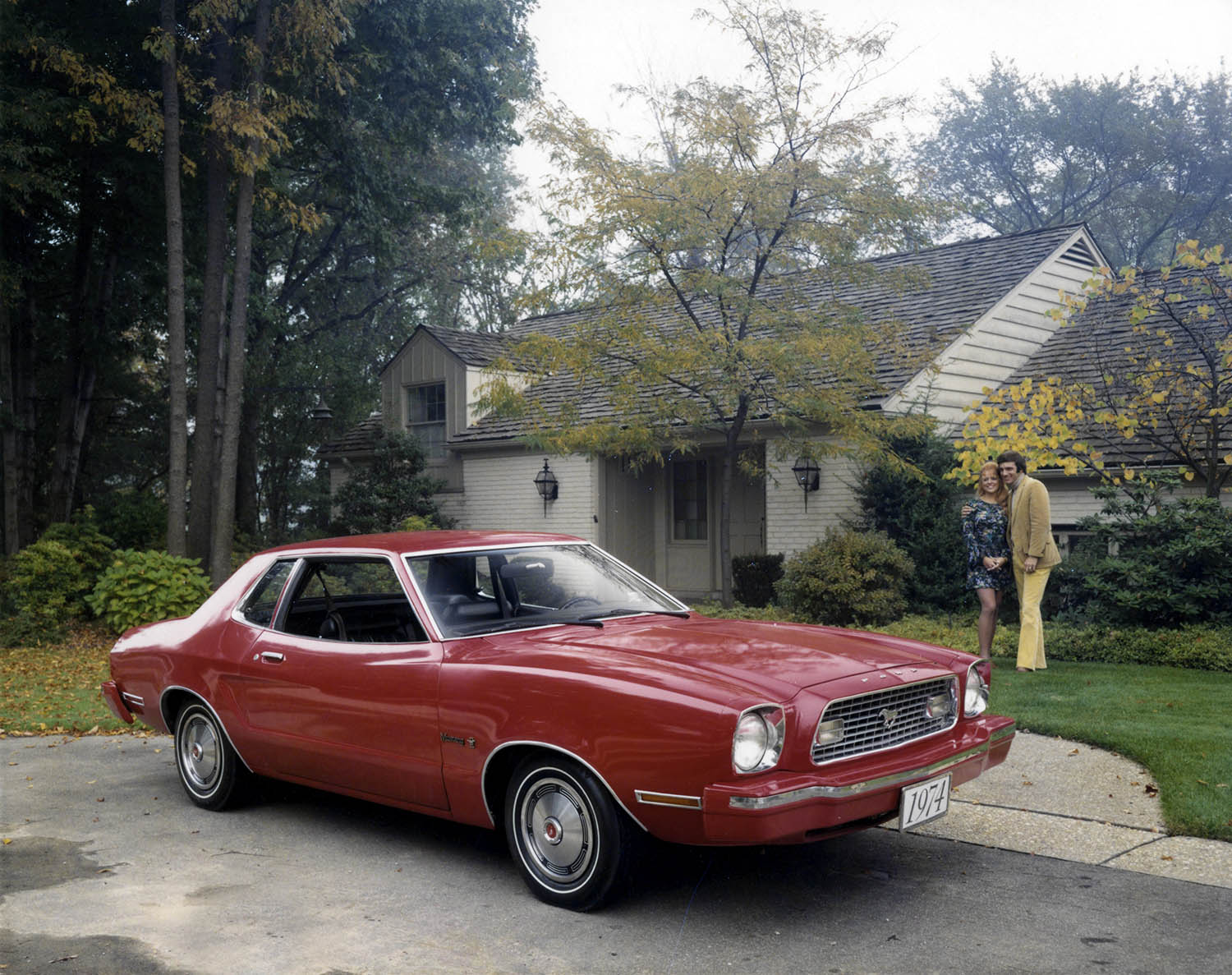 Ford
Ford
Ugly Faces of the Malaise Era
Insurance companies had become fed up with the absurdly expensive repairs that resulted from minor bumps, so the federal government mandated that new cars
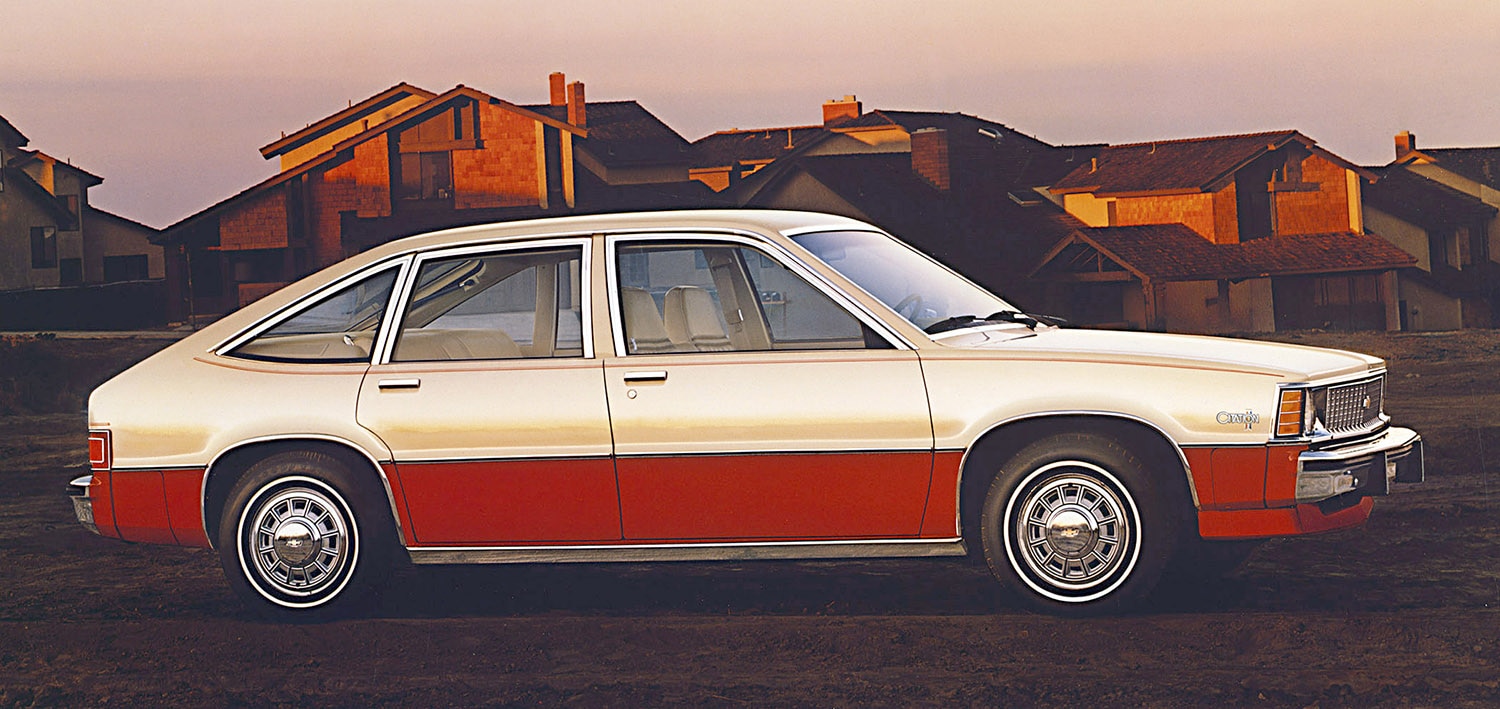 Chevrolet
Chevrolet
Recalls and Defects of the Time
High-profile industry problems soon became everyday news in the 1970s, kicking off with more than 6 million Chevrolets recalled for bad motor mounts in 1971, then moving onto hysteria over exploding Ford Pintos and the
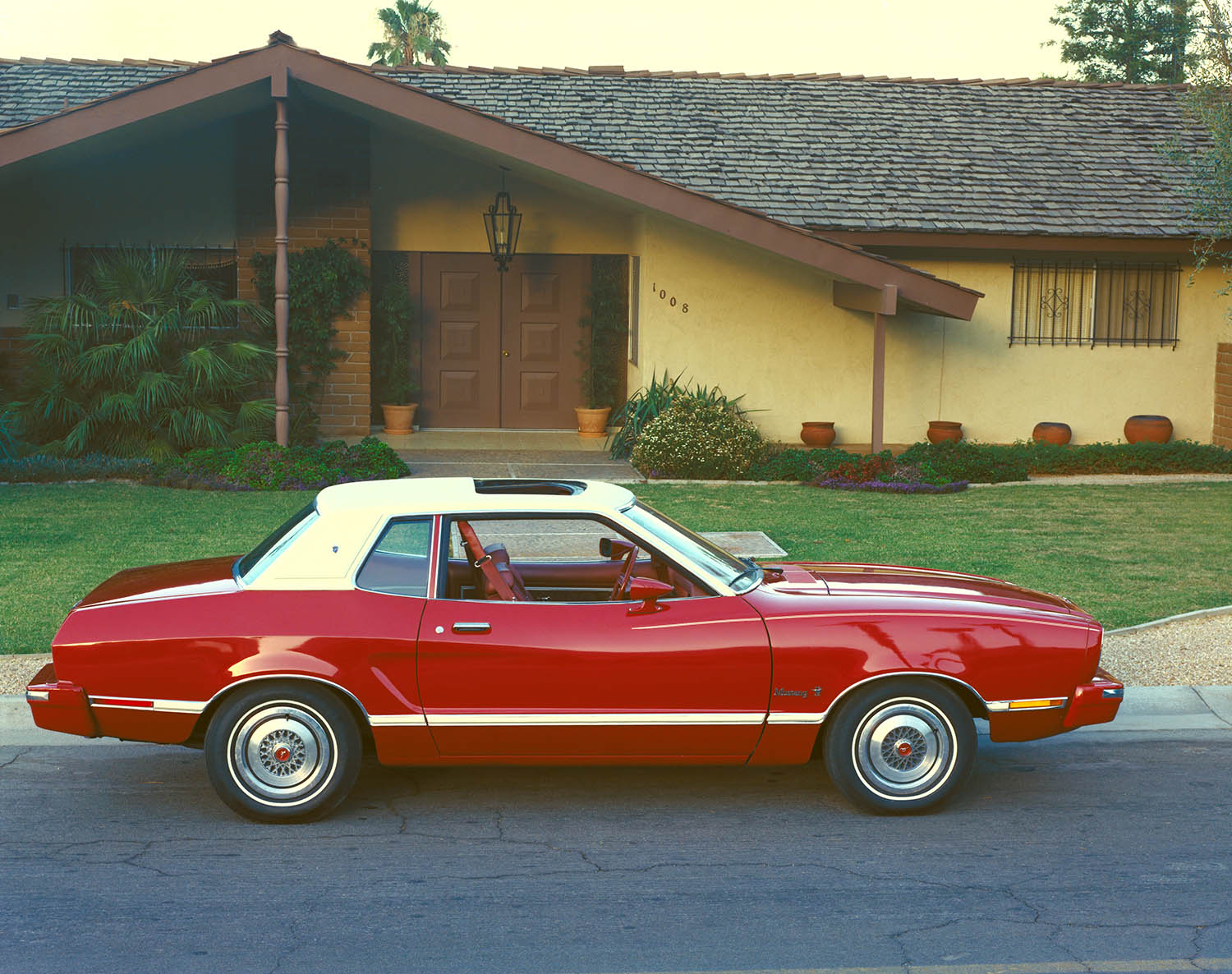 Ford
Ford
Why We Aren't Entering a New Malaise Era
Government regulations are beginning to squeeze internal-combustion vehicles over emissions, but electric vehicles are already quite powerful. Getting them to have gasoline-like range is a predictable hurdle compared with the technical challenge of getting 1960s-style fuel-delivery and ignition hardware to deliver a huge drop in smog output with a significant increase in efficiency. I wouldn't mind seeing a new generation of EVs with Malaise-style
Written by humans.
Edited by humans.
 Murilee Martin
Murilee MartinMurilee Martin is the pen name of Phil Greden, a Colorado-based writer who appreciates Broughams d'Elegance, kei cars, Warsaw Pact hoopties, and the Simca Esplanada.
Related articles
View more related articles